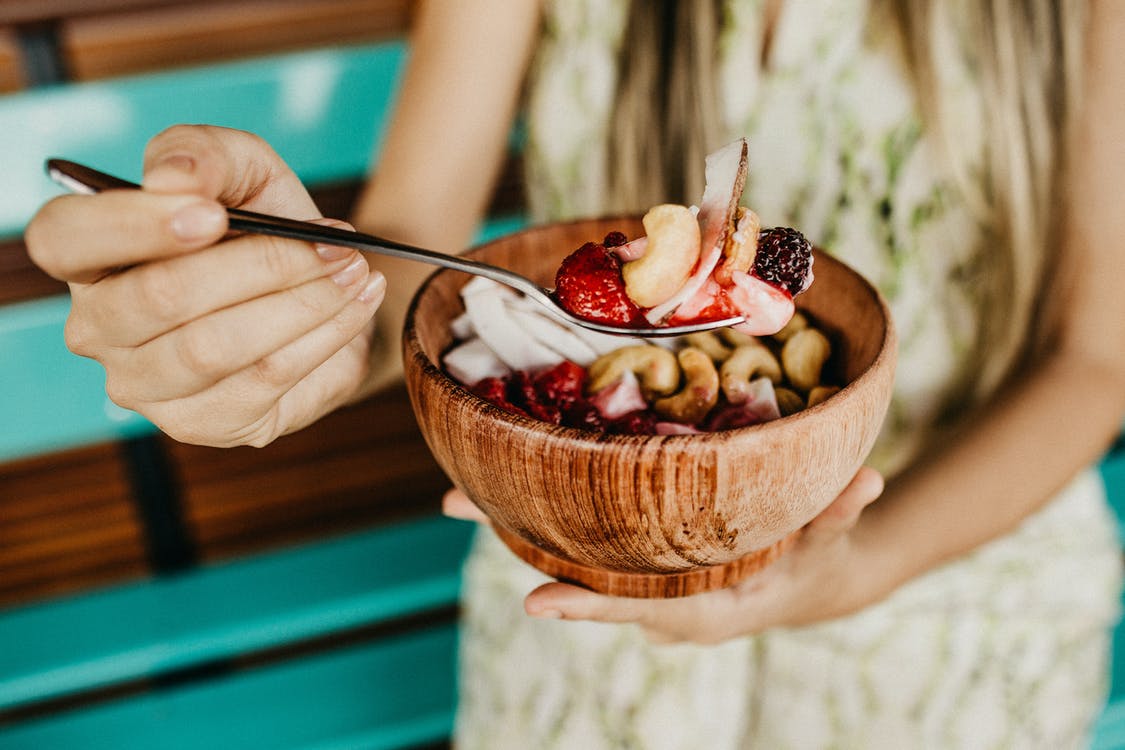If you’ve tried açaí, the superfood that hails from South America, then you’ve probably fallen in love with its unique flavour and texture.
However, did you know though that not all açaí is the same?
Although people enjoy eating açaí bowls and drinking açaí-based smoothies, many still don’t have a good understanding of this fruit’s origins and how it can come in different forms.
Açaí berries are rich in antioxidants, even more so than blueberries. They also contain healthy fats (the same found in avocados), dietary fibres, Vitamin A and Vitamin C. The rich Amazonian soil has minerals that can’t be found elsewhere, making this fruit one of a kind.
This article will explain how to differentiate açaí including:
- Colour
- Density of Açaí and Grading
- Acidity vs alkaline
- Taste and smell
- Pasteurisation vs raw
- Sweetness
- Oils
- Powdered vs Frozen Açaí Pulp
Açaí colour
All açaí berries are purple but the deeper the hue, the better the quality of the açaí. Known for its antioxidant properties, the deep purple colour reflects the quality of the açaí and the freshness.
Be wary of browning Acai it can be a sign that the Acai has started oxidising and wasn’t frozen quick enough or has been picked out of season.
You’ll never see this fruit in its berry form outside the Amazon rainforest because açaí starts to ferment as soon as it’s harvested. Even Brazilians in the big cities have to consume it in frozen pulp form. That’s why açaí that has been pulped the same day as it’s harvested will be the best quality and you’ll be able to see the intensity of its purple. When açaí is blended with other ingredients, purple still remains the dominant colour.
Density of Açaí and Grading
The quality of açaí can vary depending on the composition and added water content of the product. In production the Acai berry goes through a pulping process prior to being frozen. The açaí pulp is expensive so some companies add a high water content to bring down the overall cost of their product. This creates a runny and thin açaí which then makes your smoothie or bowl a bad consistency. It also means that your açaí will melt a lot quicker, which no body wants! The Brazilan government have implemented a grading system for açaí to make the quality of the product more transparent
- Açai “fino” or “popular” (lower grade) must contain a minimum of 8% solids.
- Açai “médio” (middle grade) must contain a minimum of 11% solids
- Açai “grosso” or “especial” (thick, special grade) at least 14% solids.
Make sure when buying Açaí you know what you are getting.
Acidity vs Alkaline
The distance from where açaí is harvested to the processing plant means sometimes the fruit can take some time before being pulped. As mentioned before, the açaí berry starts to ferment as soon as it’s harvested, so to preserve it citric acid is sometimes added which affects the pH level of açaí. Pure açaí is pulped before anything is added to it so its pH level is more neutral or alkaline.

Taste and smell of açaí
Açaí has been described as having an earthy and dark chocolate taste. Better quality açaí shouldn’t taste sour but should have a slight berry smell and aftertaste. Often açaí can be sweetened with guarana açaí pulp, which people say gives it a stronger açaí taste, but that’s actually from the guarana.
Pasteurised vs raw
Pasteurisation is a common procedure in food safety to remove any bacteria. Australia has quite strict rules when it comes to bringing food into the country that is unpasteurised, which is why almost all food products must be pasteurised especially dairy products such as milk and cheese.
Raw açaí is popular among people who believe there are more nutrients in the fruit but it’s rare to find in Australia.
Sweetness
Pure açaí has no sugar at all and is perfect for people with diabetes, due to its high antioxidants. For the majority of people who would be buying açaí pulp, there’s unsweetened açaí pulp and sweetened açaí pulp with guarana. Guarana is another Brazilian fruit that is high in caffeine and it’s a popular ingredient used in energy drinks.
Make sure you check the packaging to see whether it’s unsweetened açaí pulp or sweetened.
Açaí oils
Açaí is rich in health fats such as omegas and has almost the same amount of fats as avocados (gram for gram). When you pour your açaí puree out of the packet, you’ll be able to feel the oil on the wrapper. Don’t worry as these are good for you.
Powdered vs puree açaí
You can buy açaí in two forms: frozen puree or freeze dried powder. When it comes to making açaí bowls, frozen açaí puree wins hands down. It allows you to get that nice thick but scoopable texture that you want in a puree and works well for açaí smoothies as well.
Check out this video to see how acai is harvested:

